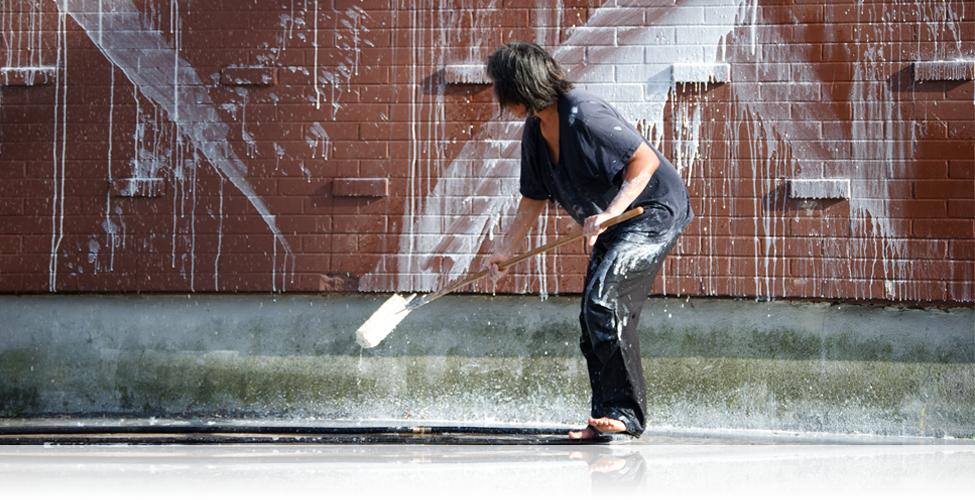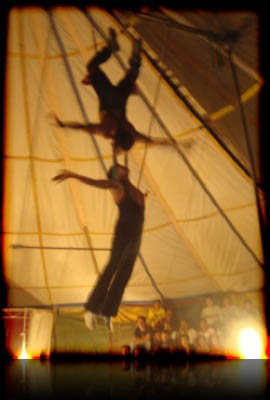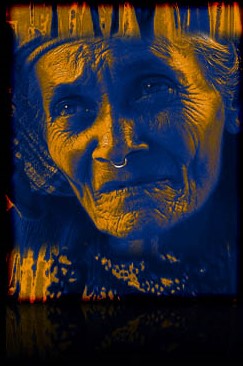Miisa Giizhaabiziyin
DOI:
https://doi.org/10.25071/1913-5874/37407Abstract
Taking an axe to gendered space in a northern Ontario reserve. The basis for the following dibaajimowin was told to me many times by my father throughout my life. He witnessed it as a child. It is a story that has become mine in a shared sense by way of learning it enough to tell it in my own way, to re-interpret it within my own life’s context (Henderson 2006, 131). Thus, this story is true while also taking on certain aspects I have added in order to apply it in a way that I believe supports the resurgence of Anishinabekwewak knowledge and power within the intersection of Indigenous Women’s connection to territory and Indigenous Women’s transcendence over the effects of colonialism. In keeping with Anishinabe intellectual traditions, if/when shared in a different context, I would not/will not tell this dibaajimowin in exactly the same way.
References
Geniusz, W. Our Knowledge is Not Primitive: Decolonizing Botanical Anishinaabe Teachings. Syracuse: Syracuse University Press, 2009
Henderson, J. S. Y. First Nations Jurisprudence and Aboriginal Rights: Defining the Just Society. Saskatoon: Native Law Centre, University of Saskatchewan, 2006
Simpson, L. Dancing on Our Turtle’s Back: Stories of Nishnaabeg Re-Creation, Resurgence and a New Emergence. Winnipeg: Arbeiter Ring Publishing, 2011





